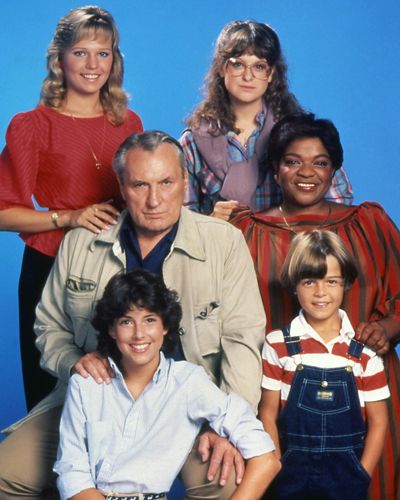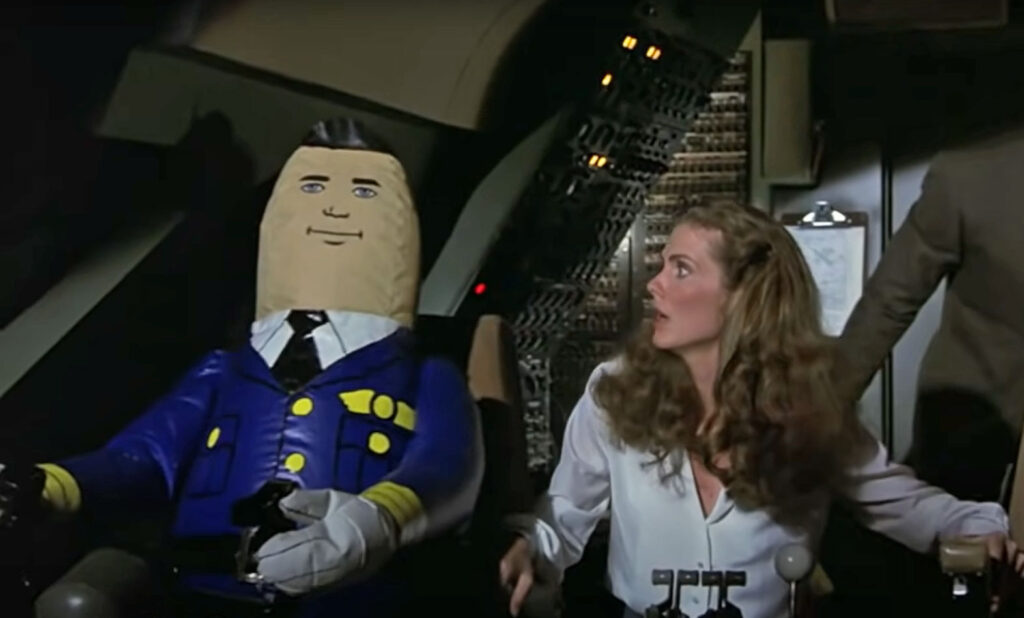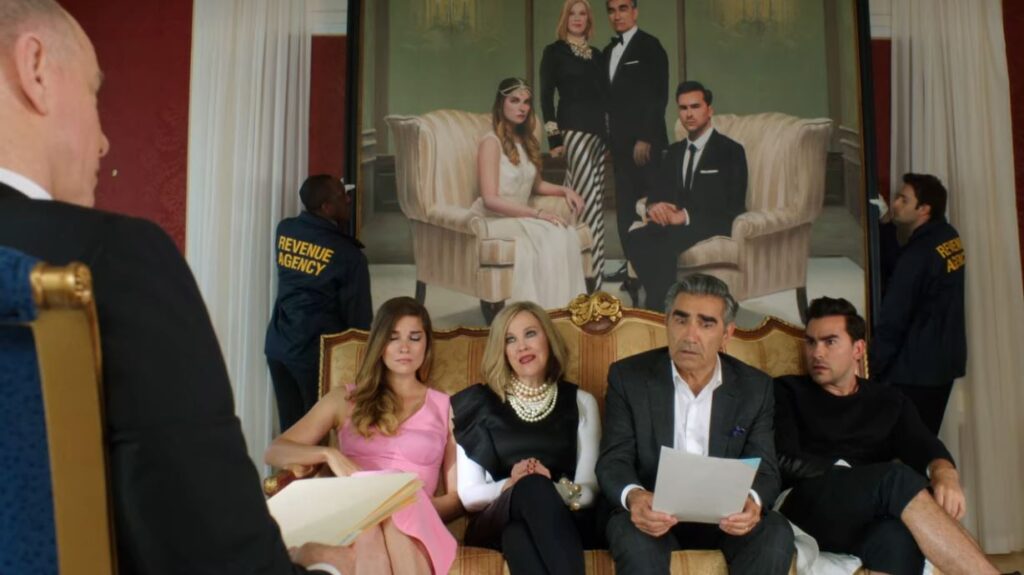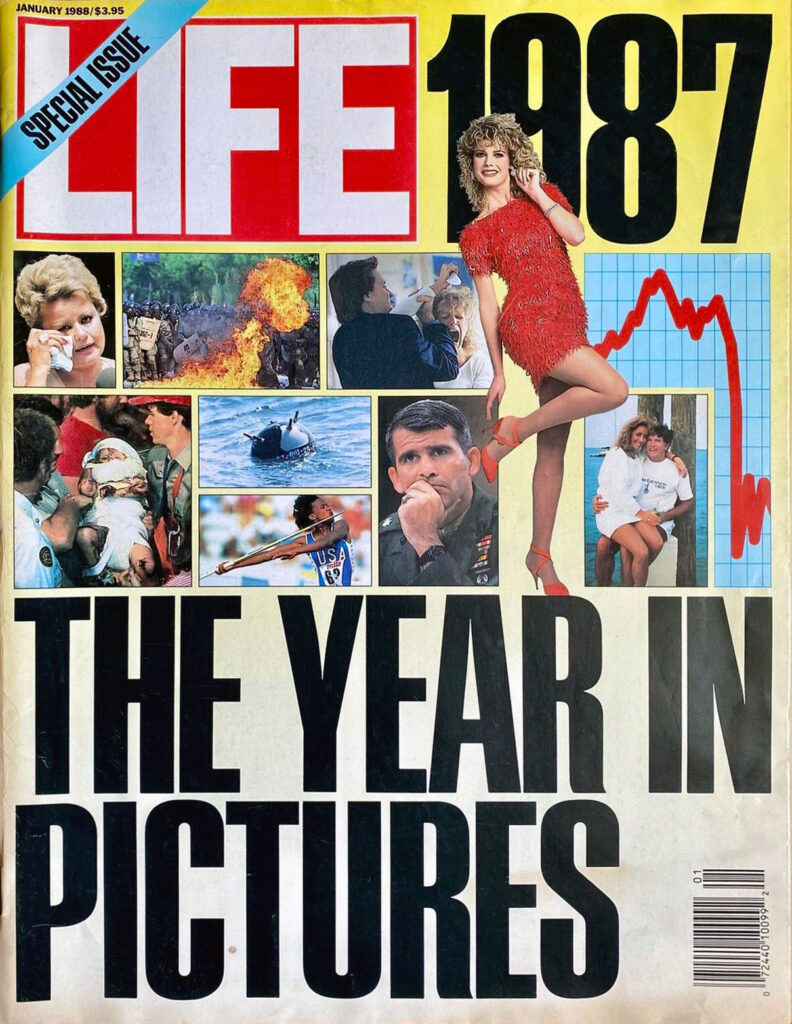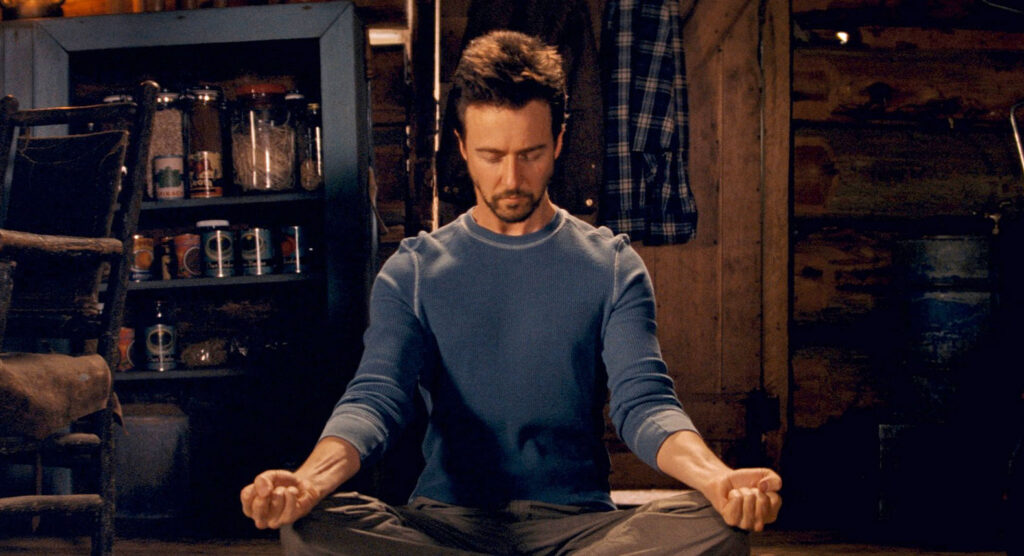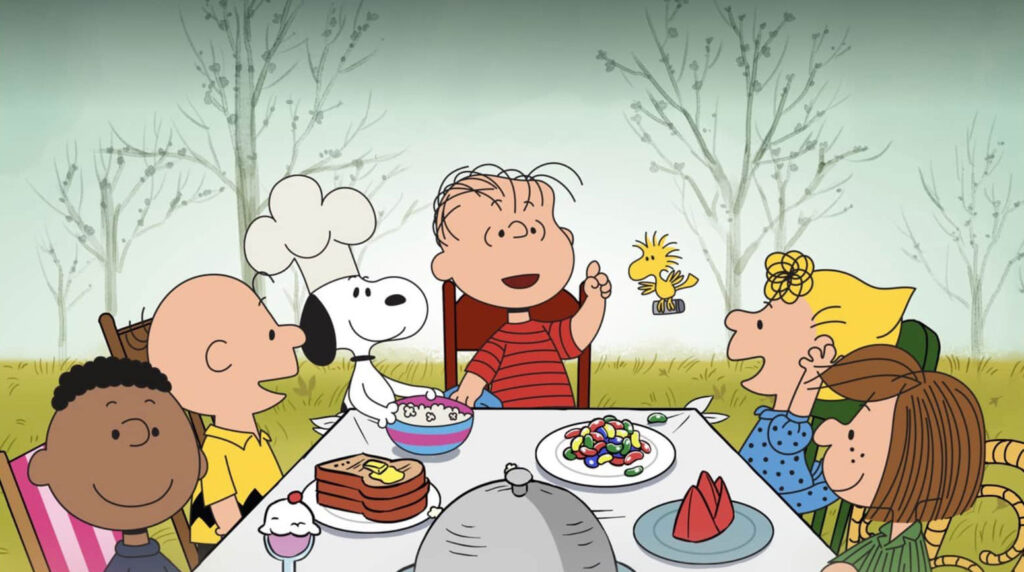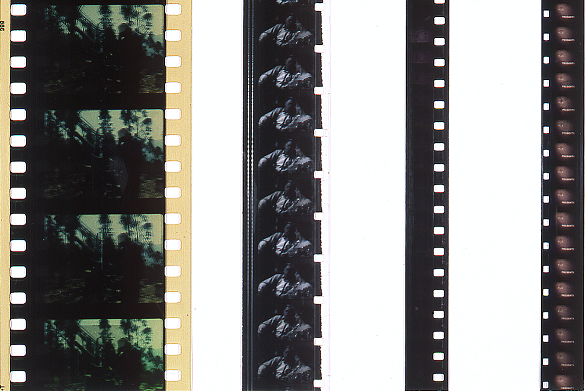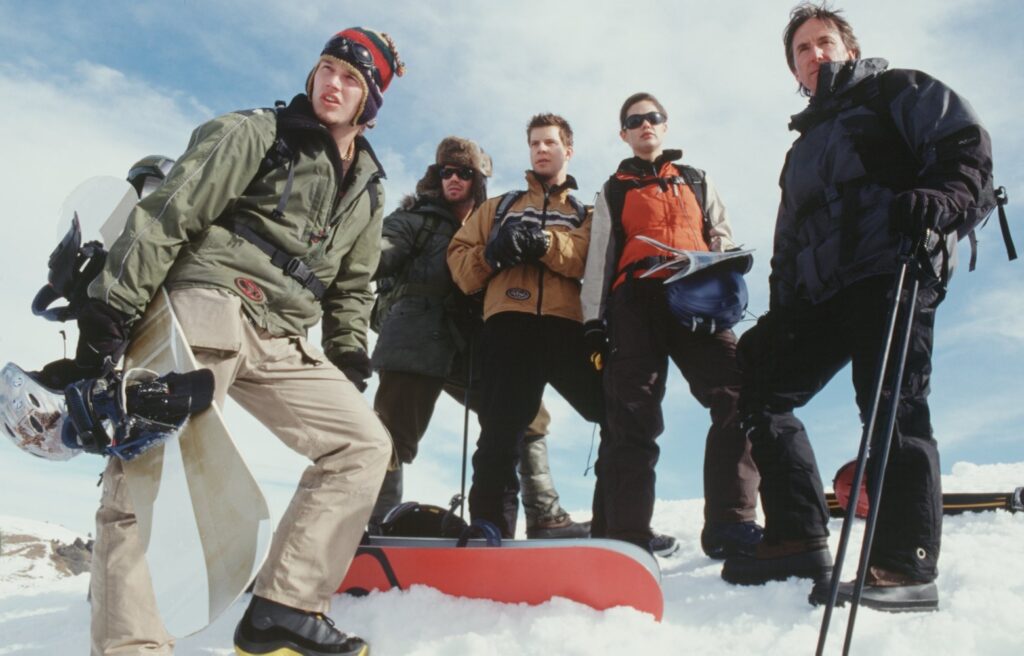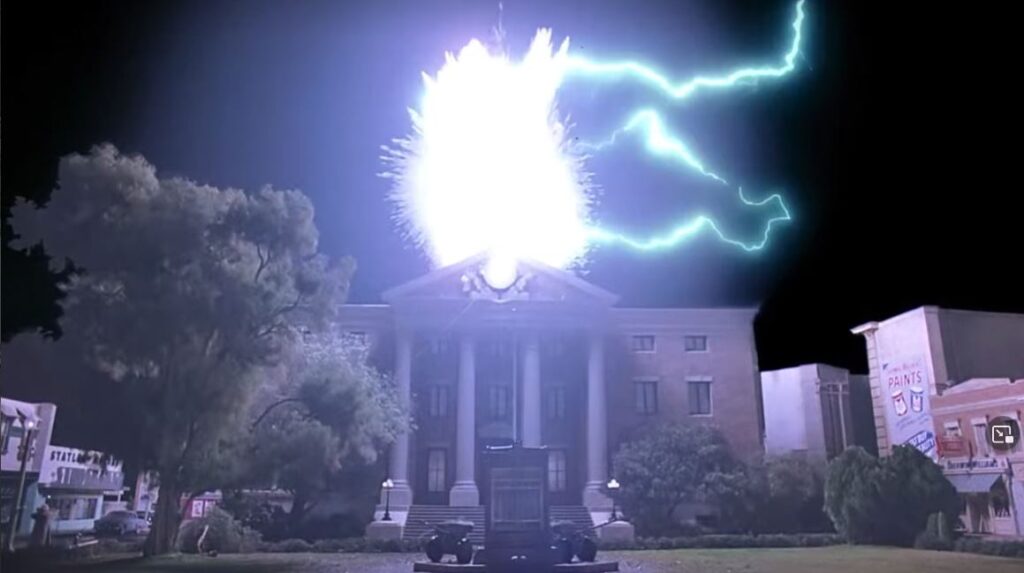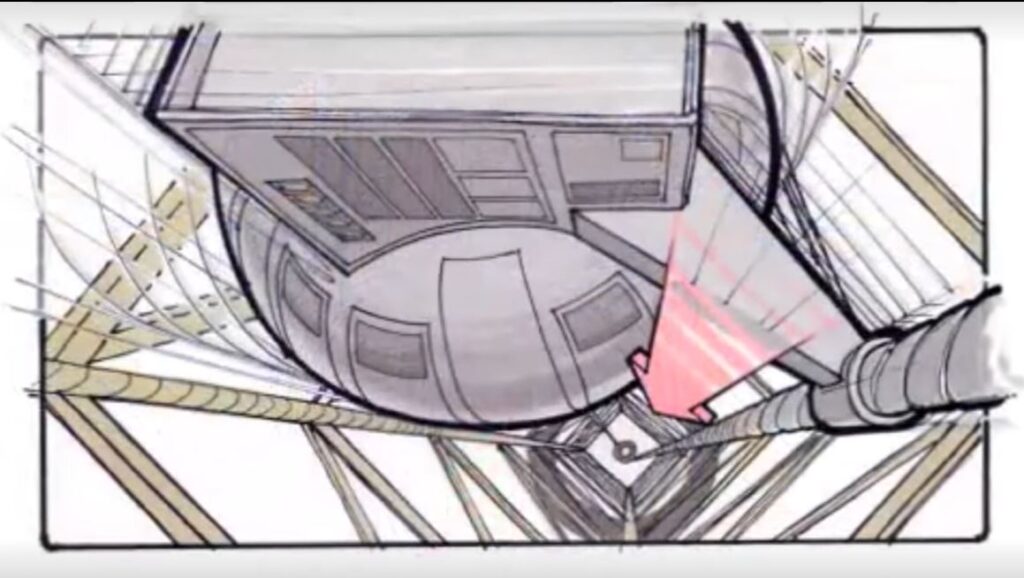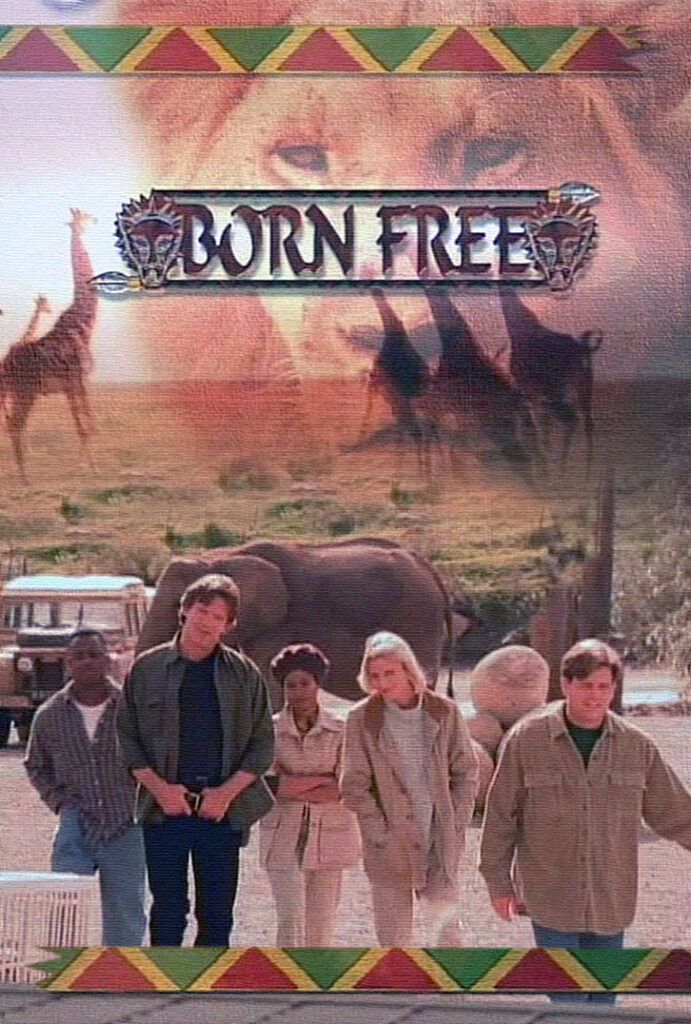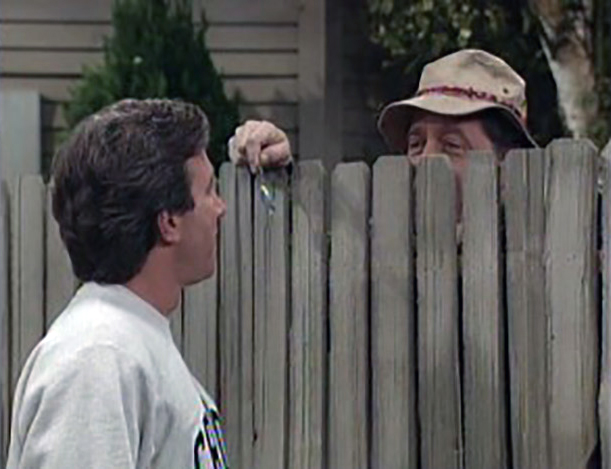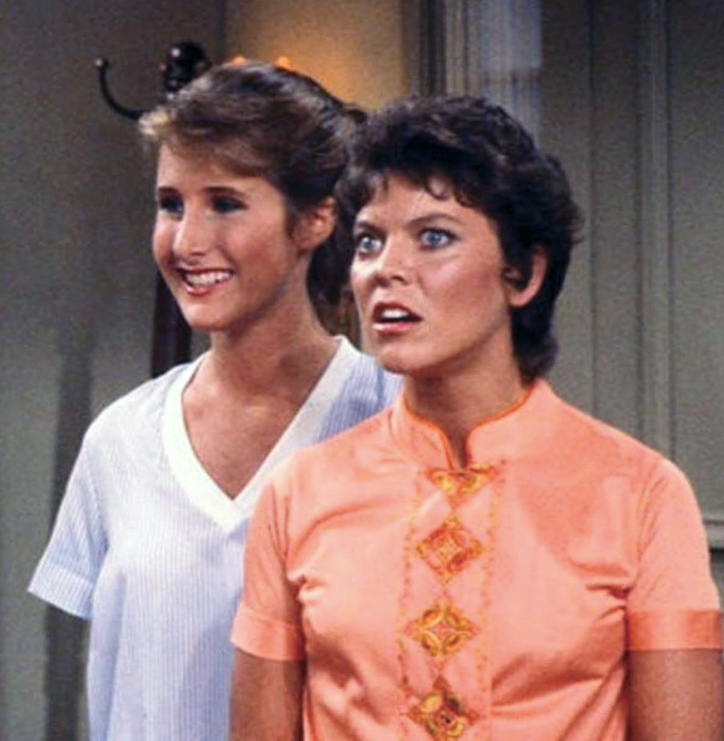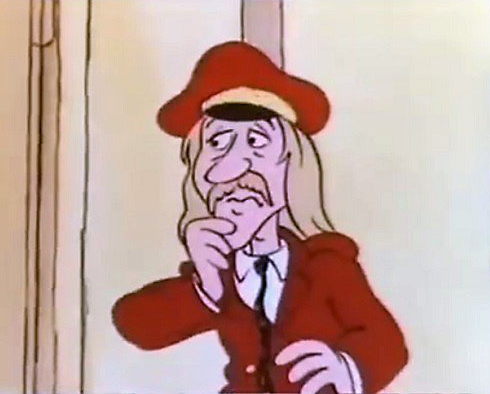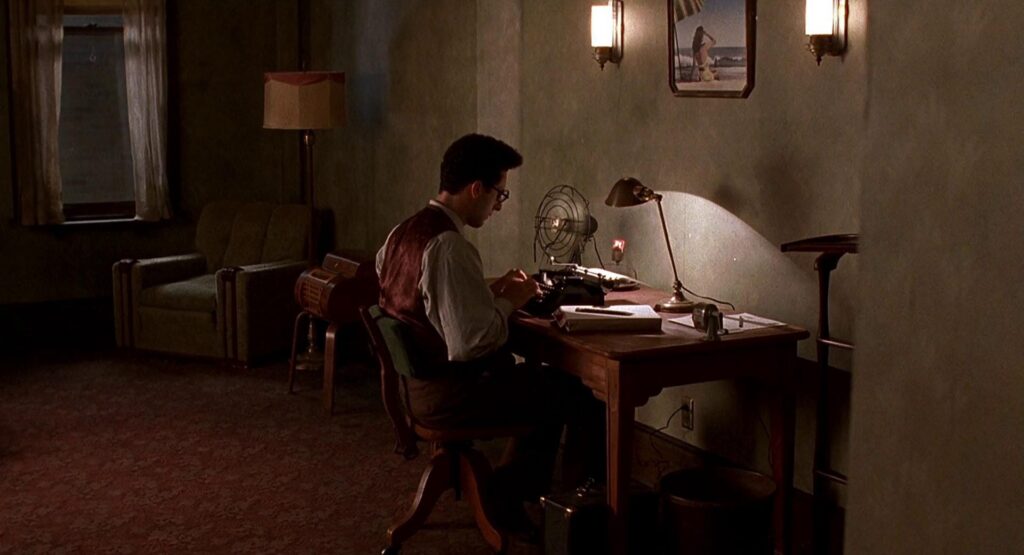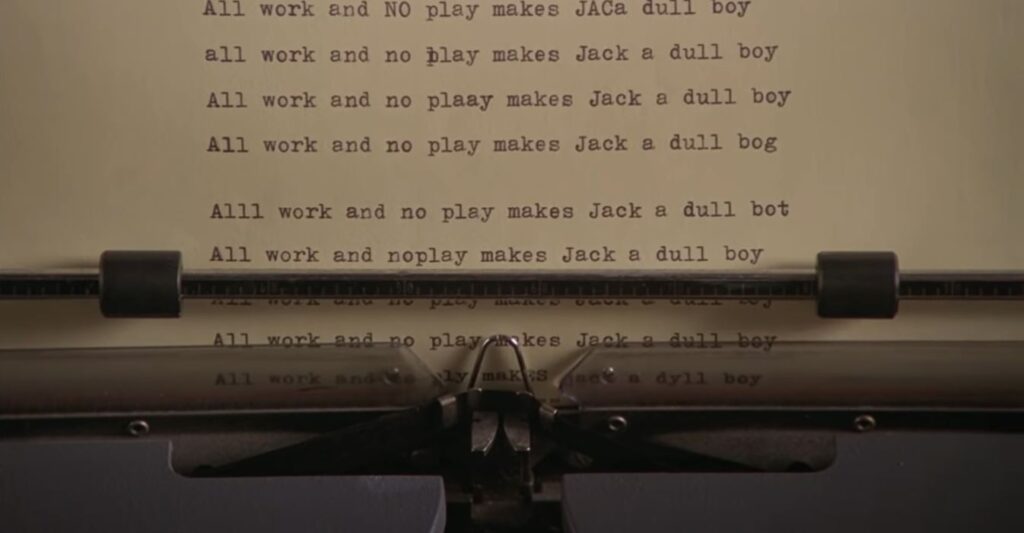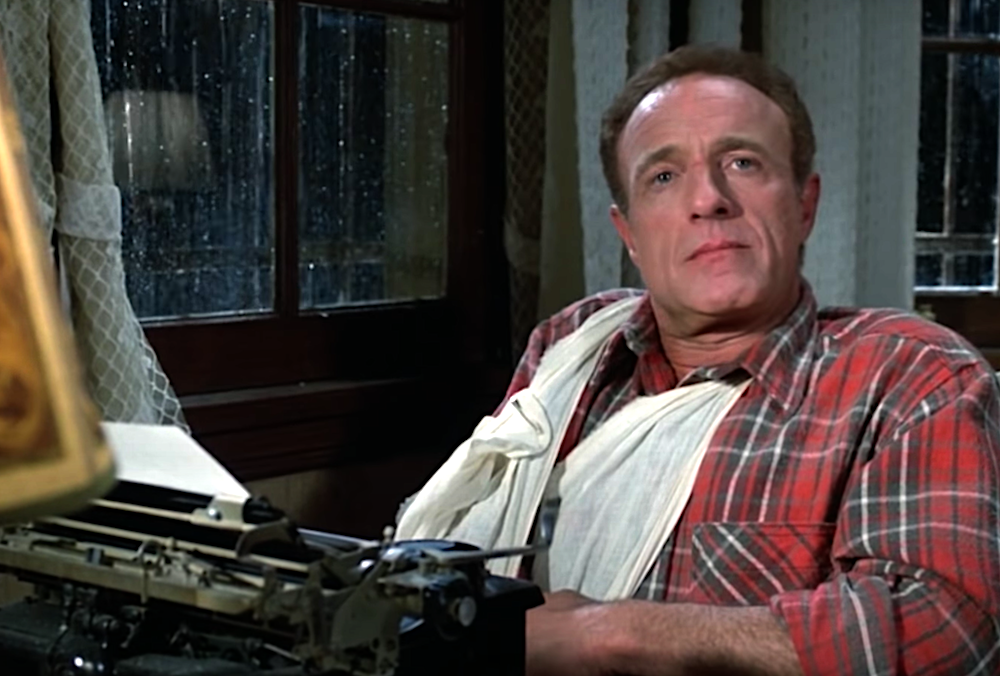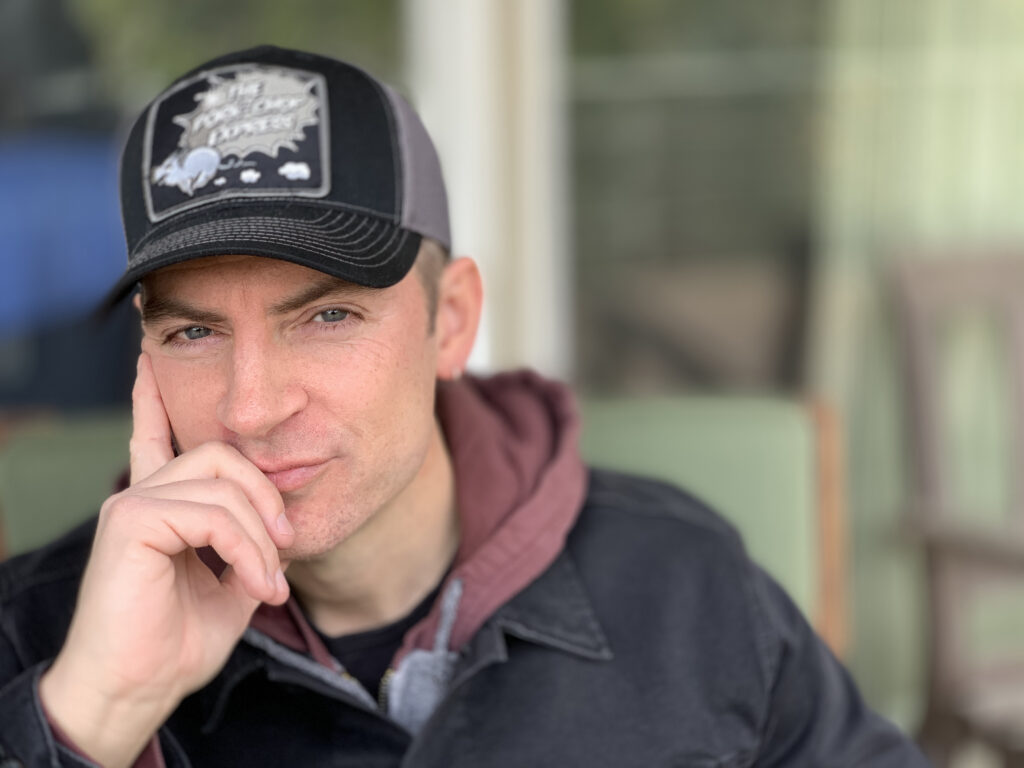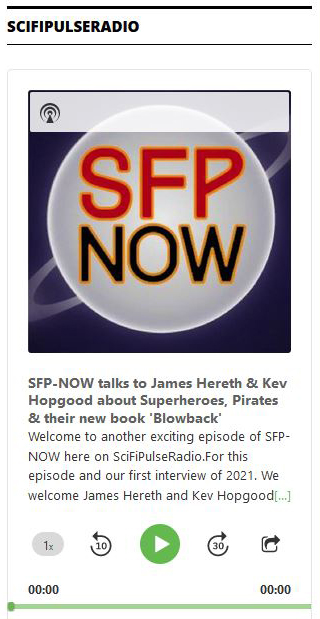Overwhelm. It’s a far too familiar feeling.
True, you can be overwhelmed with joy. That’s a good thing. But just plain overwhelm? That’s a drag.
Life can be a lot for most of us.
There’s the day job. Trips to the grocery store. Laundry, housekeeping, bills. Add in an aspiration to create (while also writing a blog about it), and it can just be too much sometimes.
So what do you do?
Take a Mental Step Back
Straight up stop what you’re doing for a beat. A big sigh is good. Some deep breathing. Filling your lungs with air and exhaling completely
I find repeatedly telling myself “Don’t panic” can help (seriously). “We’ll get there,” is another mumbled mantra. Just like writing a script, one page at a time, and you eventually end up where you’re heading.
Let Someone Else Calm Your Nerves
Have you heard of Bob Ross?
Give Bob Ross some of your time. He’s not with us any longer, but he can still help. Click on any of the 403 episodes of The Joy of Painting and feel some of that tension float away like a happy little cloud.
You can also try nature sounds like babbling brooks. Maybe videos of puppies. Do some digging around on YouTube and find your own personal go-to blood-pressure-reducer.
Evaluate the Causes
Are you taking on too much?
Is everything on your plate equally important, or can you prioritize?
Consider scheduling things out at a more relaxed pace. Look at your week, month, and year and figure out what you can reasonably get done, and when.
Maybe you can tackle some projects in the summer, or even next year.
Be Your Own Marie Kondo
Are you working on things that no longer bring joy? Just having all these projects stacked up in your metaphorical inbox can steadily crush you over time. Maybe you can drop some.
You should definitely drop some.
Gently put them on the shelf until you’re interested again. Create an archive folder on your computer where they can comfortably hibernate while you gradually forget about them.
Wait until some future inspiration gives those ideas fresh life and then pluck them out of the mothballs and put ’em back in the rotation.
Give Yourself a Break
A downside of being a creative means constantly having homework. But nobody can do it all, all the time.
That kind of drain can paralyze and depress.
Give yourself a pass every once in a while. In fact, pass on things more often.
We’re only human (or reasonable facsimiles). Saying no to projects or favors or just making time for yourself to do absolutely nothing doesn’t make you less of an artist. But it can make you less stressed.
Oh, the rejuvenating joy of a nap on the couch.
Get Whelmed
Overwhelm is bad, but underwhelm isn’t so hot either. In the end, it’s all about finding some sort of balance.
Remember, being creative is important. But mental health is more important.
________________________________________________________
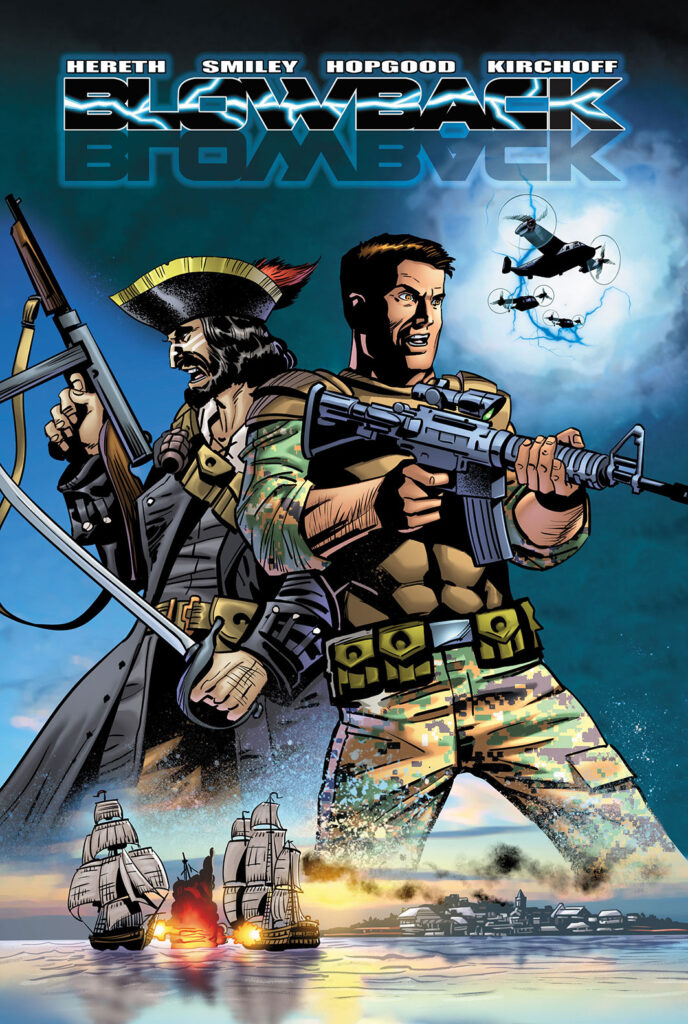
Jim Hereth‘s latest project is his debut action/adventure graphic novel, Blowback, available now in digital and paperback editions at Amazon.
![[TEXTSMITH] BLOG](https://blog.jameshereth.com/wp-content/uploads/2016/07/cropped-cropped-BulbsPlus.jpg)

